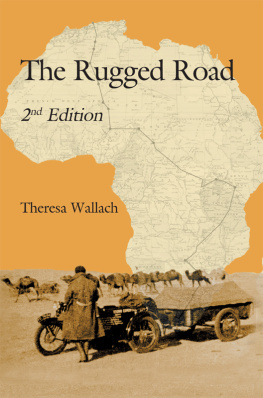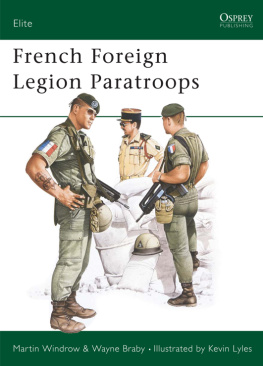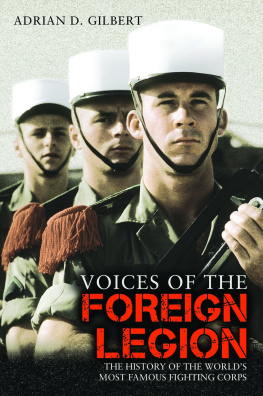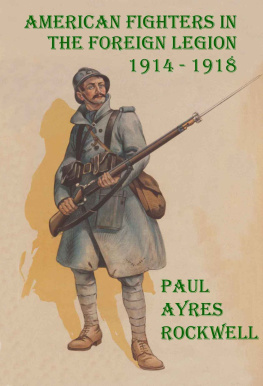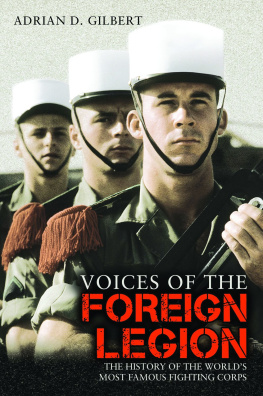All rights reserved, no part of this publication may be reproduced, stored in a retrieval system or transmitted, in any form or by any means, electronic or mechanical including photocopying, and recording without the prior permission of the publisher and/or the copyright holder.
Acknowledgements
I am indebted to many for their help in piecing together this brief biography of two remarkable women and most especially to the following: Arizona State University Foundation, The Brooklands Museum Trust, Wesley Warren Brown, Peter Carter, Chicago Daily News, Cycle Guide, Geoffrey Dovico, Jessie Ennis (ne, Hole), Kris Slawinski, Derek MacLean, June Cooper, The Motor Cycle, Motorcycling, David Powell, The National Motor Museum, The Panther Owners Club, The Royal Geographical Society, Tessa Howard of The Vintage Motor Cycle Club, Sheila Whittingham, The Womens Royal Army Corps Association, Womens International Motorcycling Association, and of course the late Theresa Wallach, herself.
Photographs and Illustrations
Many of the photographs reproduced in this book have been extracted from Theresa Wallachs original 16mm film of her journey by permission of the Arizona State University Foundation. The quality of these images is poor but in the publishers opinion, it is better to have some original photographs of the journey than none at all! Other photographs have been obtained from a variety of sources identified in the list of illustrations where known. Every effort has been made to trace and obtain the permission of the copyright owners but the passage of time has made this extremely difficult. Some of these were probably the property of Theresa Wallach herself.
The maps are taken from the 1:5 million survey maps, Afrique Feuille Nos. 1, 3,4 and 5 (Service Geographique de lArme, 136 Rue de Grenelle, Paris V11 circa 1930-3) by courtesy of the Royal Geographical Society.
Route
London (11 Dec. 1934) - Folkestone - Boulogne - Paris - Marseilles
Algiers - Blida - Djelma - Laghouat - Ghardaia
Ghardaia - El Golea (1 Jan. 1935) - In Salah
In Salah (7 Jan. 1935) - Arak - In Ecker (11 Jan. 1935) - Tamanrhassat
Tamanrhassat - In Guezzam (20 Jan. 1935)
In Guezzam - In Ahangarit - Tagguidda-nTesseoum - In Gal (25 Jan. 1935) - Agadez
Agadez (4 Mar. 1935) Tassaoua (West of Zindar) - Katsina (11 Mar. 1935) - Danbatta - Kano
Kano - Potiskum - Damagum - Murbe - Damaturu - Ngumbdu - Beni Sheik - Kesawa -Maiduguri - Giari - Mufi - Kaba Belge (Chad Border) - Kousseri - Fort Lami - Bousso - Fort Archambault
Fort Archambault (19 Apr. 1935) - Bangassou - Bondo - Buta - Ekibondo (30 Apr. 1935) -Ituri Forest - then unclear as to actual route until - Beni - Lubero - Mt Ruwenzori - Masaka - Mitalamite - Kampala
Nairobi - Arusha (5 June 1935) - Mt Kilimanjaro - Dodoma - Iringa (11 June 1935) - Mpika - Lusaka - Victoria Falls (Livingstone) - Hwange - Bulawayo
Bulawayo - Beitbridge (11 July 1935) - Mesina - Pietersburg - Pretoria - Johannesburg (23 July 1935) - Bloemfontain - Beaufort West - Paarl (28 July 1935) - Cape Town (29 July 1935)
Florences Return Journey
Cape Town (18 Sep. 1935) - Salisbury - Nairobi - Faradje (due North of Mt Ruwenzori) - Niangara - Bula (Nov 1935) - Fardje - Marouna (presumably Maroua South West of Maiduguri) - Kano (end of journey January 1936).
Illustrations
Maps
Photographs
Preface to the First Edition
Having researched my first book on Phelon & Moore Ltd., manufacturers of the famous Panther motorcycle, I was determined to discover more about the epic Trans-Saharan crossing by Theresa Wallach and Florence Blenkiron in 1935. Fortunately for me, the late Bob Currie of The Motor Cycle had recently been in contact with Theresa and gave me her address. There then followed a 15 year pen-pal friendship between Theresa and myself, during which time I encouraged her to have her account of this adventure published. She had in fact already started on the mammoth task of recording memories, extracting information from her detailed log book and reviewing still and cine films - some of which had still not been developed! Her manuscript The Rugged Road was then in its early stages.
It took her many frustrating attempts and rewrites to find a publisher sufficiently interested in publishing her work. In late 1998 she wrote to me saying that, fingers crossed, she had hopefully found a publisher on whom she could rely and that she would let me know as soon as everything was crystal clear. All went quiet, which was not unusual, but when I sent her a copy of my latest book, The Panther Story, I received a letter from her executor telling me that Theresa had died on her 90th birthday, 30th April 1999.
As a mark of respect to her, I then set about trying to locate her manuscript in the hope of getting it published in her memory. In due course and with help from her executors, the Arizona State University Foundation(to whom her effects had been bequeathed), Rollo Turner of Panther Publishing Ltd., and with some additional help from WIMA, my ambitious dream came true.
Unfortunately when the manuscript arrived, it saddened me to realise that contrary to earlier expectations, she had recorded so very little of her extraordinary life both before and after the adventure. Her two and a half year trek across America after the war was missing. I have since tried to complete these missing links by piecing together recollections in her letters to me and would be grateful for any further information particularly photographs, in order that this unique record on Theresa and Florence may be completed.
The Publisher and I have, wherever possible, left Theresas account of the Rugged Road journey in her own words and style of writing.
Barry M Jones, June 2001
Notes on the Second Edition
As is always the case, much new information has come to light following the first edition of Theresas account of the Sahara crossing, published posthumously. The few minor factual errors in her account have now been corrected with help from those who know the terrain well, while other points have now been clarified.
Her war service records are currently inaccessible; there is some uncertainty over which branch she served in, where and when. Some of her claims to her being the first woman to were, without doubt, exaggerations but whether she had been ill-advised in allowing journalists to take such liberties which were of benefit to her then, but which would later act against her, is not known. This may account for her later distrust of the press and to the preservation of her privacy.
I have also been able to gain more insight into Theresas post-war life from her personal correspondence with others during her time in America. This has provided more detail from which it has been possible to give a more complete story of her American treks and also to put some events into their correct chronological order. Alas, only a few photographs have been found of these American treks, but one in particular had two entirely different captions it is not known whether the Indian Chief on Theresas motorcycle was Sioux Chief Big Snake or Cheyenne Chief Black Horse, as she later indicated. The tribal headdress and costume does however suggest Cheyenne.

